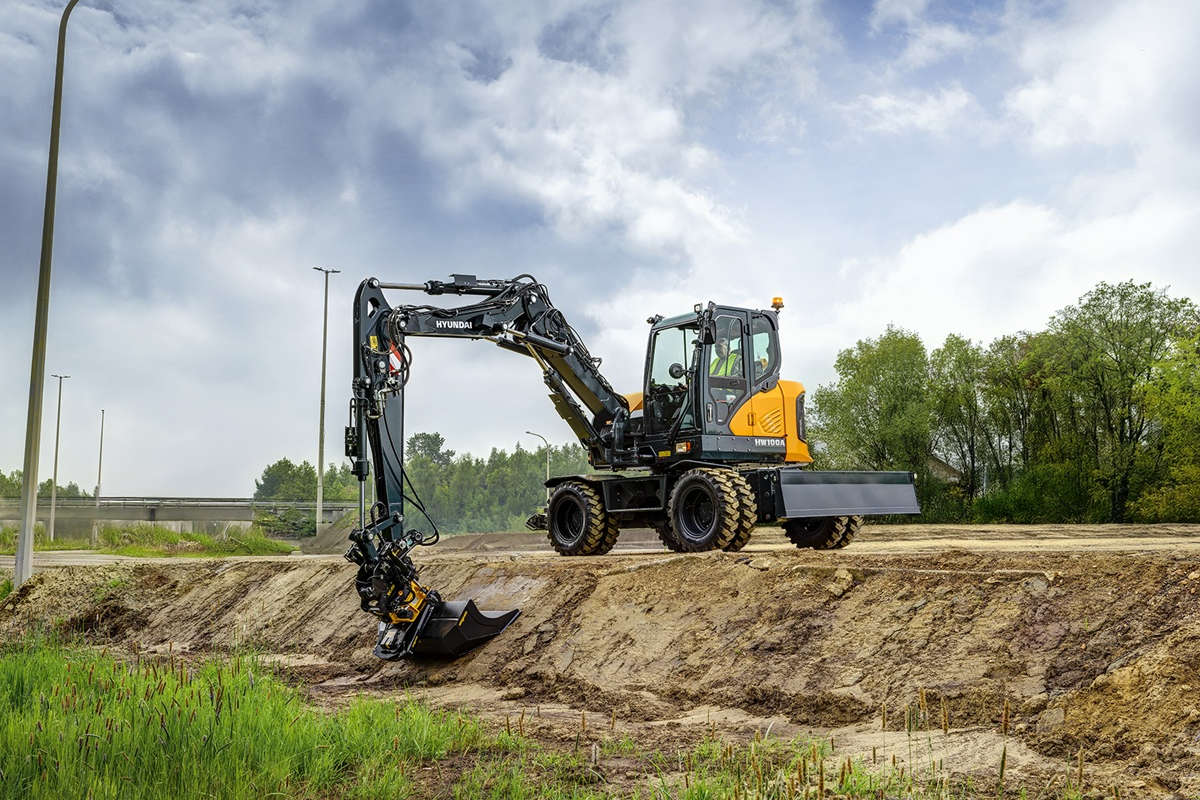Four Questions to Ask when Selecting a Light Tower
 Light towers are a mainstay on jobsites, providing necessary illumination for countless utility projects and applications requiring night work. Answering these four questions can help you identify the best light tower model for the job.
Light towers are a mainstay on jobsites, providing necessary illumination for countless utility projects and applications requiring night work. Answering these four questions can help you identify the best light tower model for the job.
1. Does the job require light and power?
Why rent two pieces of equipment when a combination light tower and mobile generator can provide a single solution for two important jobsite needs? A combination machine offers necessary illumination while providing up to 20 kW of energy for powering tools, heaters or a jobsite trailer. A two-in-one machine is especially beneficial for jobsites with tight quarters and areas without a reliable power source that require light.
2. How much light is needed?
Knowing the level of illumination needed for a jobsite is not only a matter of safety, but also proper budgeting. Selecting the correct light tower — or towers as the case may be — starts with determining the recommended number of foot-candles based on standards from the Illuminating Engineering Society of North America (IES). For example, 10 to 50 foot-candles are recommended for utility work while one to five foot-candles are suggested for illuminating a parking lot. Your local equipment dealer can help you calculate the remaining factors that determine the lighting needs of an application. These include the size of the area, whether light needs to be constant and how bright the light should be.
Below is an example of how to determine the lighting needs for an excavation application with an area of 800 ft by 400 ft. The IES recommendation calls for two foot-candles for this type of application.
- The area to be illuminated is 320,000 sq ft with two foot-candles of illumination. 320,000 sq ft x two foot-candles = 640,000
- A 1,000-W metal halide lamp provides an average of 0.5 foot-candles per 82,000 sq ft. 0.5 x 82,000 = 41,000
- 640,000 / 41,000 = 15.6 or 16 lamps
Most light towers are standard-equipped with four lamps per light tower, which would require four light towers for this application. However, many light towers include a six-lamp option. In this instance, a six-lamp option would allow for the rental of only three light towers while still providing the appropriate level of illumination.
3. How long will you need light?
Fuel capacity is another key consideration when selecting a light tower. Large, efficient fuel tanks deliver longer run times, which translates to less downtime for refueling. Some light towers offer upward of 70 hours of run time, a major advantage when operating in remote locations. Depending on site conditions, some portable light towers may offer optional features that can provide automatic illumination — an attractive function in remote locations or when varying amounts of illumination are required.
4. Are there lighting restrictions?
Some applications may require glare-free lights for night work or may include restrictions on fluid containment or noise level. Knowing these requirements and available light tower features can be helpful during the selection process.
Correctly positioning light fixtures can significantly reduce the risk of creating a glare hazard. Floodlights at 30 ft should be positioned at a 30-degree angle from horizontal to provide optimal beam spread and reduced glare potential. Look for light towers with easily adjustable light fixtures with a locking pin system. Each light fixture should rotate horizontally and vertically to provide ideal illumination. Another option is an externally powered balloon light, which provides 2,000 W of glare-free illumination, but requires a three-prong, 20-amp outlet.
Environmental safety regulations are another consideration when selecting a light tower. Some jobsites in both the United States and Canada have established containment regulations that can include oil, coolant and fuel. Selecting a portable light tower that offers containment as part of the machine frame makes it simple to comply with those regulations, while avoiding the additional cost associated with a separate containment tray or spill pad.
Utility projects that require the use of light towers in busy city centers or areas with an active homeowners’ association must often contend with noise ordinances, as well. A portable light tower with an operating sound level below 70 dBA should fall within most noise ordinance requirements.
Deree Bivins is the Lighting Systems Product Marketing Manager for Doosan Portable Power.

 Light towers are a mainstay on jobsites, providing necessary illumination for countless utility projects and applications requiring night work. Answering these four questions can help you identify the best light tower model for the job.
Light towers are a mainstay on jobsites, providing necessary illumination for countless utility projects and applications requiring night work. Answering these four questions can help you identify the best light tower model for the job.


